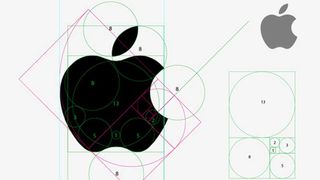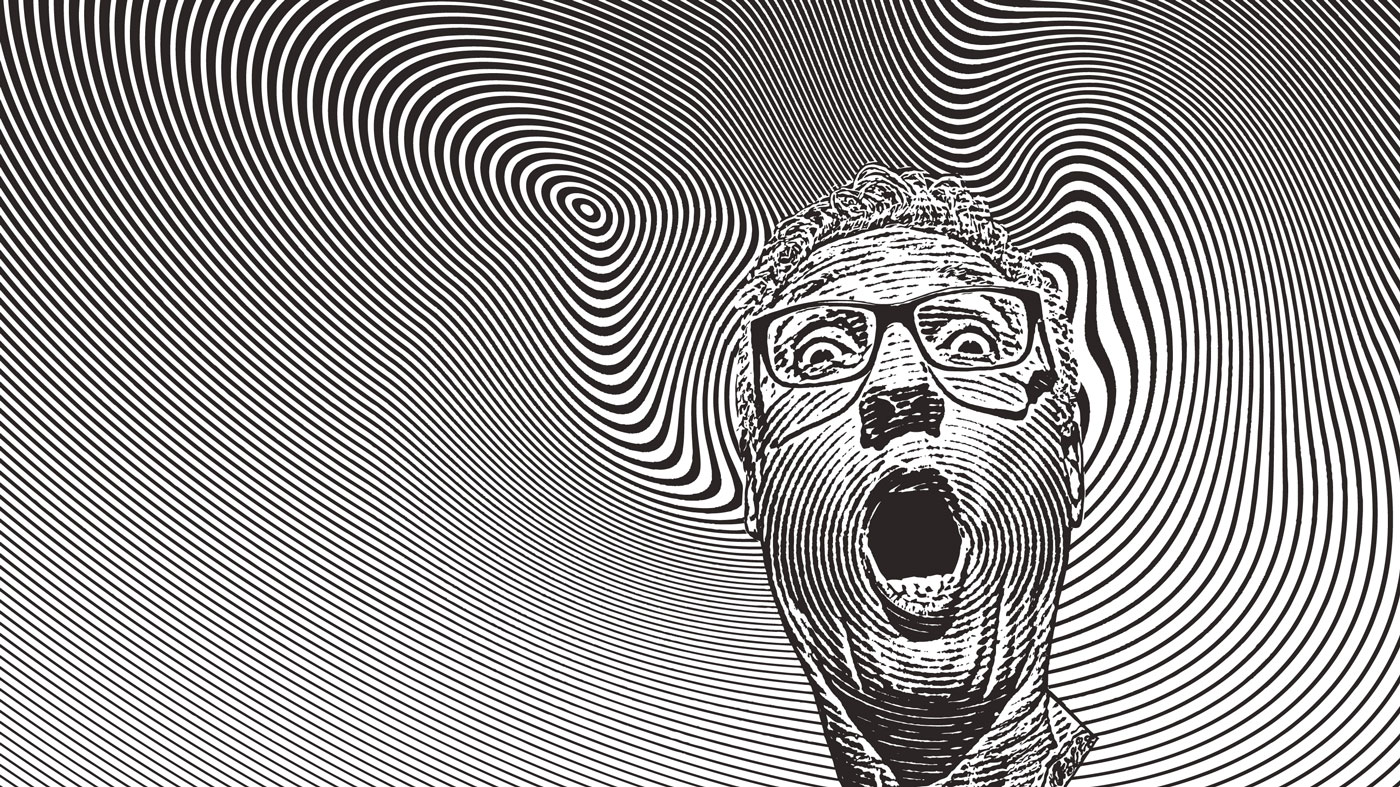Computer Arts
Latest about Computer Arts
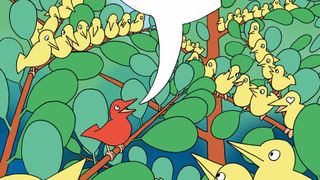
How to give a good presentation: tips and tricks for public speaking and pitching
By Julia Sagar published
The design industry's best speakers share their golden rules for presenting your work with style.
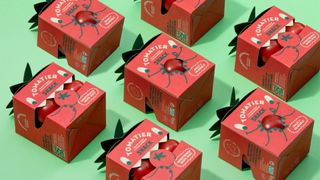
20 packaging designs to inspire you
By Rosie Hilder last updated
Inspirational packaging design examples, plus online resources.
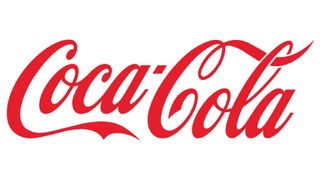
20 iconic brands and why they work
By Nick Carson last updated
These brands may not be the biggest, but they're certainly iconic.
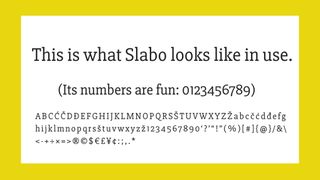
How to choose the right typeface
By Carl Cahill, Anne Wollenberg last updated
Top tips for picking the perfect fonts for your next project.
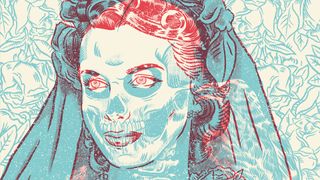
How to create anaglyph images in Photoshop
By Travis Knight last updated
Create anaglyph images with this step-by-step tutorial for an old-school 3D effect.
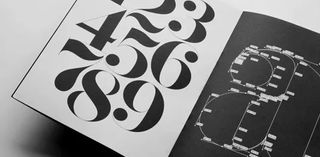
10 fantastic logo fonts
By Creative Bloq Staff last updated
Designing a visual identity? Here are some great logo fonts.
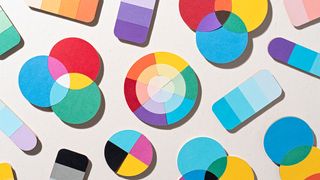
Colour theory: a complete jargon-free designer's guide
By Sam Hampton-Smith last updated
Everything you need to know about colour theory.
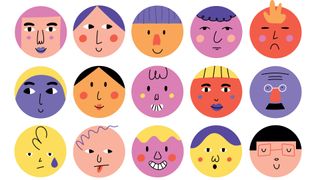
33 expert character design tips
By Rosie Hilder last updated
Leading artists and illustrators share their character design tips.
Daily design news, reviews, how-tos and more, as picked by the editors.
